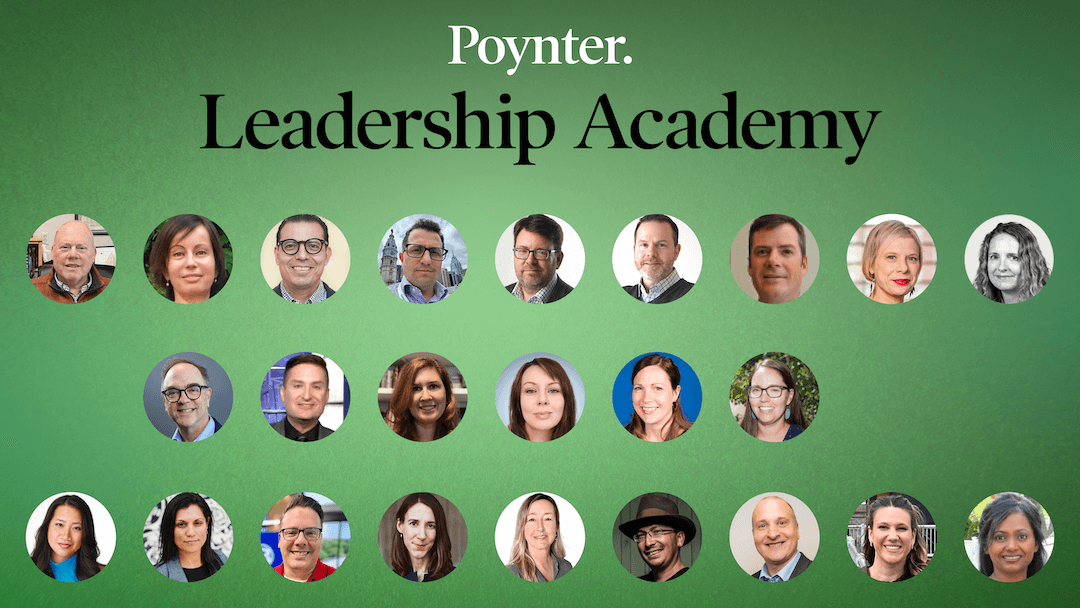The evergreen topic of “trust in media” has been getting a fresh examination of late. Several new studies suggest that users and producers of journalism are not necessarily on the same page.
The Reuters Institute at Oxford University released a report Thursday that found that journalists seem especially focused on transparency about how news is made and engagement with audiences at a human level. Audiences, on the other hand, look at brand heritage and history along with presentation style and language.
This is one in a series of Reuters “qualitative” reports that is based on focus groups and interviews rather than large sample surveys. For this one, researchers spoke with 132 readers and viewers in Brazil, India, the United Kingdom and the United States.
“While some audiences hold clear notions about what certain brands stand for and how to think about the work they produce, we also find consistently that many do not — a pattern which repeats itself across countries, media environments, and even levels of trust in news in general,” the authors wrote. “Instead, audiences draw on shortcuts shaped by past experience,” including their own partisan views and social media.
Coincidentally, a big survey of 2,500 news consumers by the American Press Institute and associates earlier this month found a similar disconnect between journalists and audiences. Transparency (in public institutions as well as outlets themselves) was not much valued by readers surveyed. Nor were they responsive to the old adage about afflicting the comfortable and comforting the afflicted. In all, API found only 11% of readers agreed with all five of the “core” journalistic standards proposed.
[the_ad id=”667826″]
Some other highlights from the Reuters report:
- Readers blurred the line between “likable” and reliable sources of news.
- Users neither understood well nor cared much about how an outlet’s journalism gets made — more likely judging the merits of the presentation.
- “The work of individual journalists, in contrast to presenters on television, was often far less visible, and many of the prominent media personalities who stood out to people were often polarizing figures.”
- “Perception of bias and hidden agendas is widespread.” Readers and viewers often think news is “controlled” by various forces, and that leads to a general skepticism about what they consume.
- COVID-19 coverage has had no particular impact on trust.
- Trust in information on the Internet was low, with implications for audience building. “Because many perceived digital media as places awash in unreliable, divisive, and even dangerous information, there are clear trade-offs involved for news organizations that seek to appear in such venues in order to attract and engage with new audiences.”
A third study, released Monday, took on a different topic — newspaper opinion pages. Louisiana State University professor Joshua Darr worked with the editor of The Desert Sun in Palm Springs, California, to increase the volume of local editorials and op-eds for a month while dropping national opinion entirely.
The result: Even in that short period, measures showed some reduction in perception of the paper as polarizing and it attracted readers. A telling point to me: National op-ed columnists and letters to the editor are often selected for their emphatic viewpoint; while discussions of local and state issues are more likely to bridge a liberal/conservative divide.
This strategy, as I have reported earlier, is already a mini-trend within the industry. After her success at The Kansas City Star, editorial page editor Colleen Nelson now oversees opinion journalism at all 29 McClatchy papers. Her emphasis is on localism and original reporting with the related idea that readers rarely care about national election endorsements or local commentary on national issues.
[the_ad id=”667872″]
I think all three of the studies have value if they shake up received wisdom in the journalism fraternity about what matters to an audience and what builds trust as editors shape coverage. Listening better is always an improvement on the old style of intuitive editing, of course, though Reuters found that listening exercises in themselves did not earn trust.
I would add a caution. Good practice is good practice even when there is no immediate and direct payoff. Transparency, for instance, at a minimum clarifies to an outlet’s own journalists what’s expected — and for nonprofits, opens a window on where the money is coming from. Plus, policy guidelines are clearly needed now for those social media speed bumps that can get a staffer fired if they are ignored.
With trust a hot topic carrying a high potential for echo-chamber truisms, the outside perspective of data-based and academic studies can only enrich discussion and debate.
[the_ad id=”667878″]







